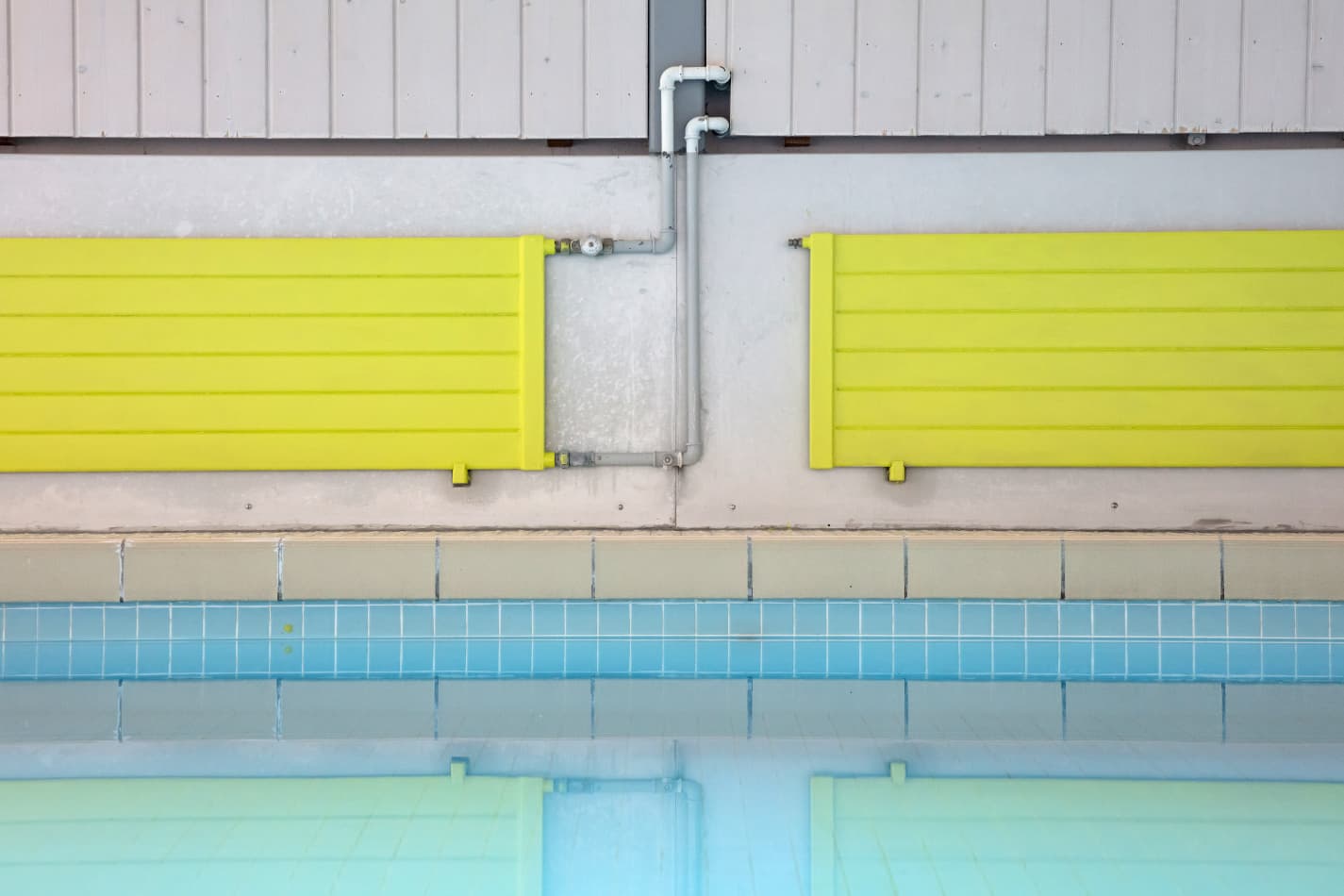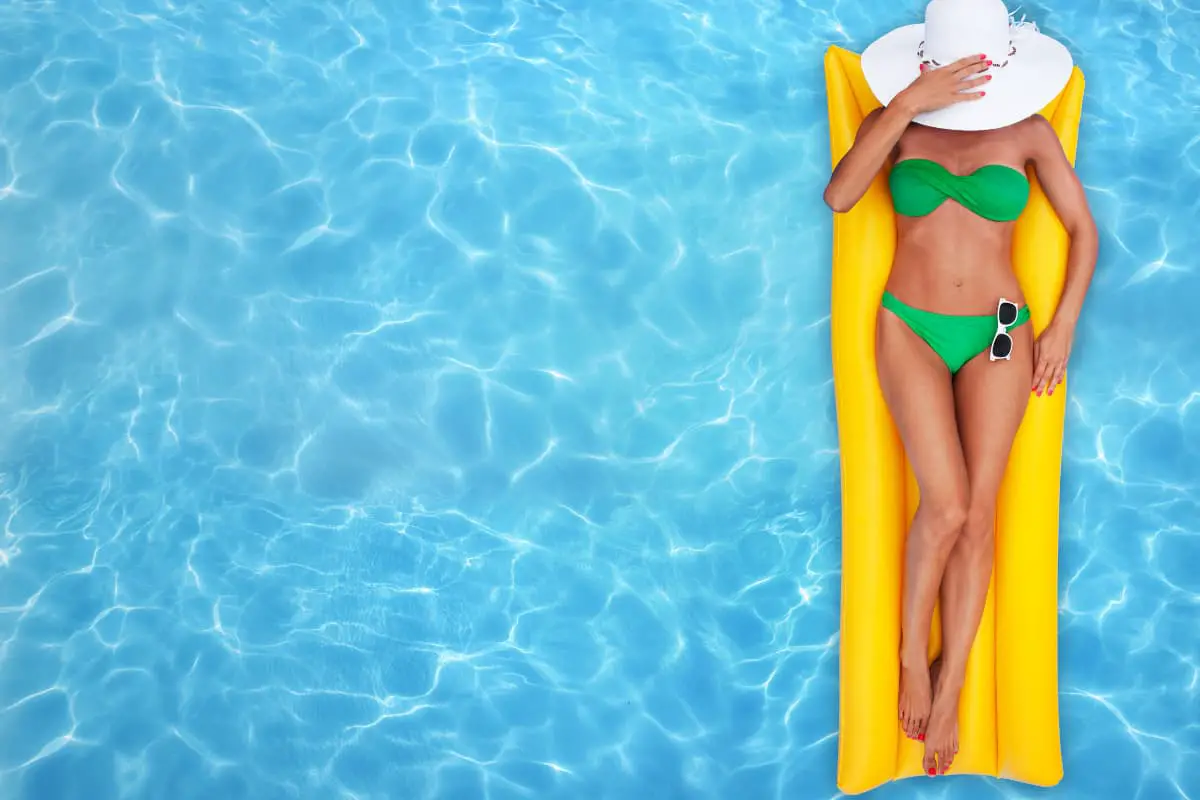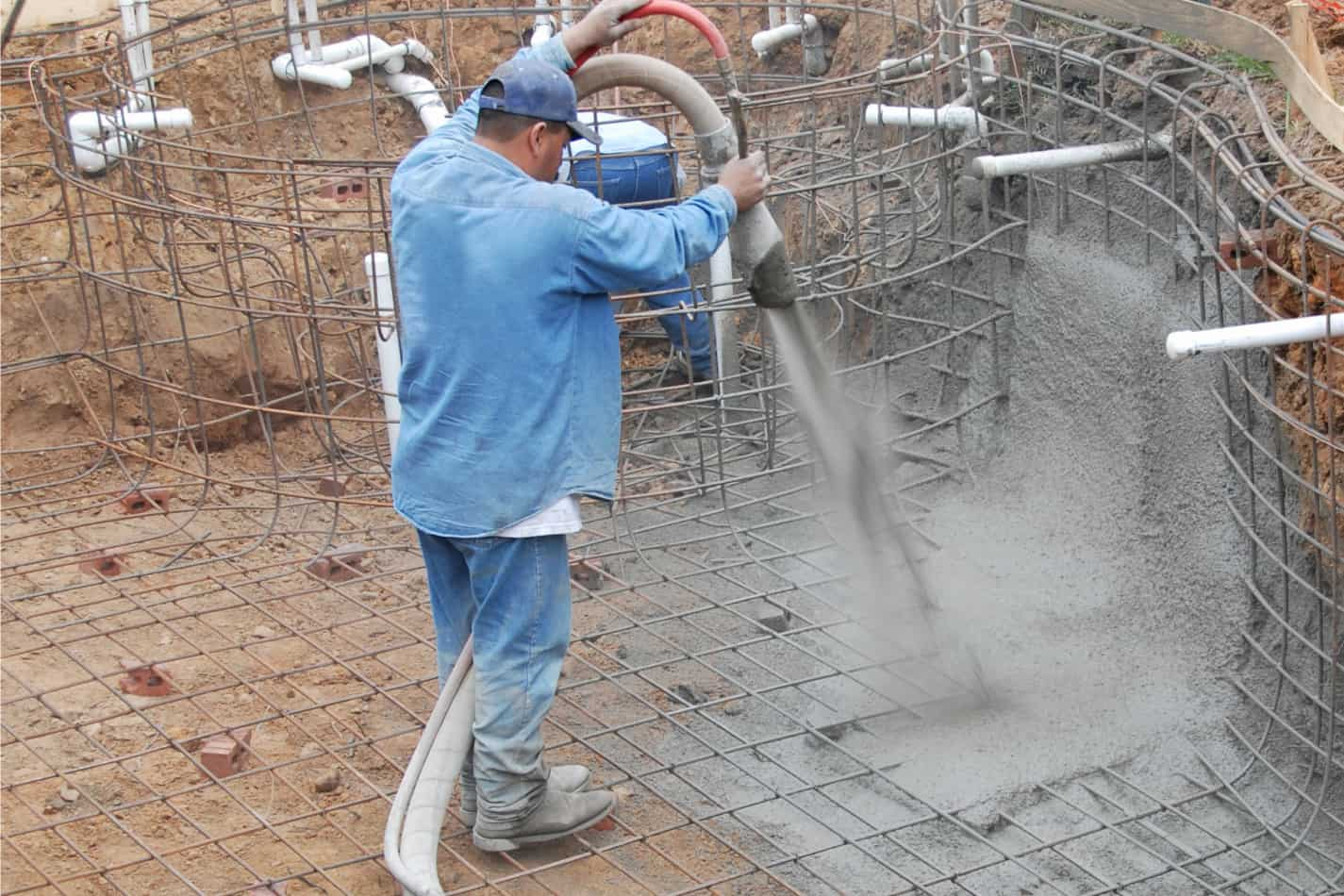Pool Heater: How to Choose the Right Size For Your Pool

As an Amazon Associate I earn from qualifying purchases.
The process of sizing and purchasing a pool heater is more complex than simply determining the size of your pool. If you don’t choose the size of your pool heater carefully, you could spend huge sums of money and a lot of time down the line.
To make informed decisions, you will need information on some variables before buying your pool heat pump. In this article, we will discuss the variables you should pay attention to before choosing the right size for your heat pump.
Learn How to Manage Your Pool and Hot Tub
Frustrated trying to keep your pool clear? Feeling confused about when to add the right chemicals? Get the perfect easy-to-use, illustrated ebook and video course today!
What factors should you consider to choose your pool heater size?
No matter your pool size and shape, carefully determine the factors explained below to make the right choice before you go in for a pool heat pump size.
Determine your Pool Volume
Usually, not all swimming pools are built following the regular shapes (squares, circles, rectangles, triangles) we encounter daily. Therefore, you may require a particular formula to calculate your pool volume depending on your pool shape.
We will show how to calculate the volumes for five common pool shapes. You can follow any of the procedures to calculate your own pool shape.
L-shaped pools
The simplest way to calculate the surface area of such a pool, divide the pool into two rectangles, then perform the calculations by multiplying the length and width of each and then adding the two values together.
Kidney-shaped pools
For kidney-shaped pools, take the longest and shortest width sum, and multiply that by the length.
Square and rectangular pools
Simple multiply side by side (since the sides are equal) or length by width.
Oval pools
Multiply the longest diameter by the shortest diameter to get the surface area.
Round pools
Take the square of the pool’s diameter and then multiply the answer by pi.
After calculating the surface area of your pool, you will be required to determine its average depth. This is done by taking the sum of your pool’s deepest and shallowest parts and dividing it by two.
The average depth is then multiplied by the surface area, giving you the approximate pool volume in cubic feet. You are not done yet. To convert the volume to gallons, multiply your result by 7.48. This procedure works for all pool shapes.
Note! It is advisable to carry out all calculations in feet since most dimensions on units are in feet before converting to gallons.
- Determine the Ambient Air Temperatures of your pool.
Swimming pools respond differently to different climates. A pool in a hot climate will face entirely different environmental constraints than a pool in a colder climate.
So to figure out what size pool heater you’ll need, you’ll have to know what the coldest ambient air temperature will be while your heater is still expected to keep your pool warm.
- Determine your Water Temperature.
To correctly size your pool heater for your needs, you need to determine what temperature (in degrees Fahrenheit) you prefer to swim at. This helps you establish what performance you expect your heater to maintain under different environmental conditions.
However, if you have a hot tub attached to your pool, your maximum water temperature for calculating BTU requirements would be as high as 104 degrees Fahrenheit.
What are your preferences and requirements?
You can decide to heat your pool from the cold or keep a steady warm temperature. These are the two ways a pool heater can be operated, although everyone will have to heat their pool from the cold at some point.
Notwithstanding, the question is how frequently you want to do it. Using your heater when the need arises to combat exceptionally chilly days is possible, but this requires a more powerful heater.
Maintaining a constant warm temperature in your pool, on the other hand, necessitates a smaller heater.
Do you use a solar cover?
Some pool owners have a solar cover in addition to their pool heater. This reduces the amount of time and energy your heater will need to warm your pool. It also helps keep the water warmer for longer periods.
A solar cover used in addition to a pool heater can reduce the amount of BTUs needed to heat or maintain your pool temperature by a percentage of about fifty to eighty.
- Determine your British thermal units (BTUs)
British thermal units are the units used to measure Pool heaters.
As a pool heater, you will not only need to raise your pool temperature, but you will also have to maintain it. A single BTU raises the temperature of one gallon of water by one degree Fahrenheit.
That means a swimming pool that holds 35000 gallons; it requires 35000 BTUs to increase by one degree. To know the number of BTUs, you need per day to raise the temperature by one degree, divide this number by 24.
In addition to the factors cited above, you should consider if the rate at which your water heats is important to you. For example, if you only have a swimming pool and no hot tub attached, and the water will be at a consistent temperature all of the time, the pace at which the water warms up is unimportant.
On the other hand, if you have an attached hot tub at pool water temperature, you’ll want to think about how long it will take to get the pool up to hot tub temperature.
After raising your pool water temperature, you will have to maintain it.
This is just as important as heating it in the first place. You need about 10 BTUs per hour, per square foot of surface, per degree above the air temperature to maintain the temperature.
Every pool heater is designed with multiple output levels to work efficiently and effectively with your pool size and the surrounding climate.
Conclusion
Once you’ve factored in the heating requirements for your pool, you can adequately calculate the required energy output. This output helps know what size of pool heat pump you will have to buy for your pool.
At this stage, you are ok to get your pool heat pump and give your pool the desired temperature. Some units may come with specifications. But, you may also consider hiring extra services if you are not good at calculations.


